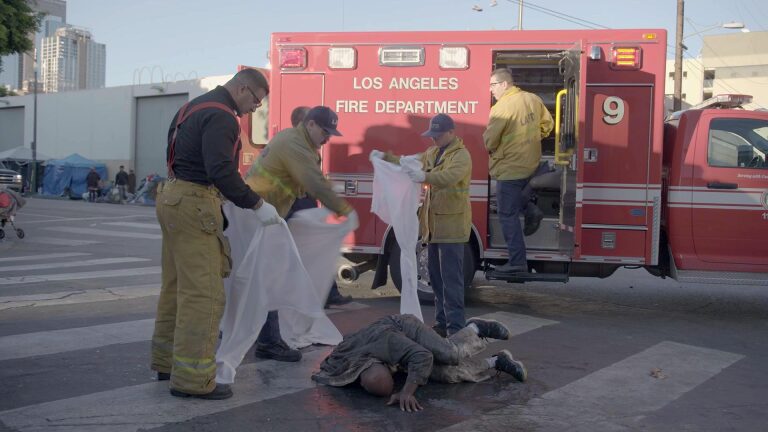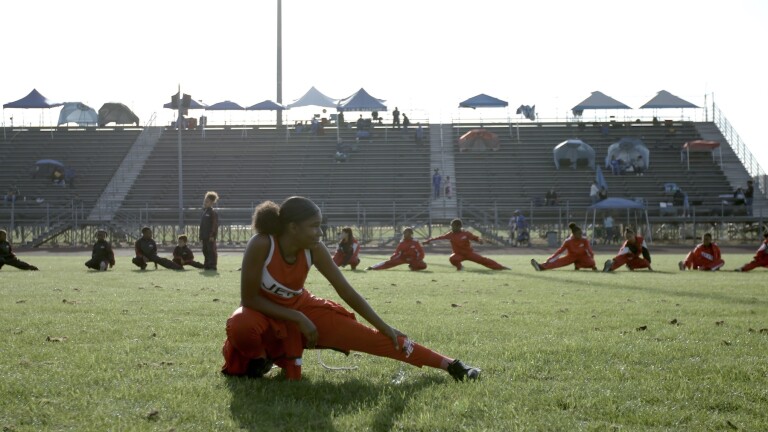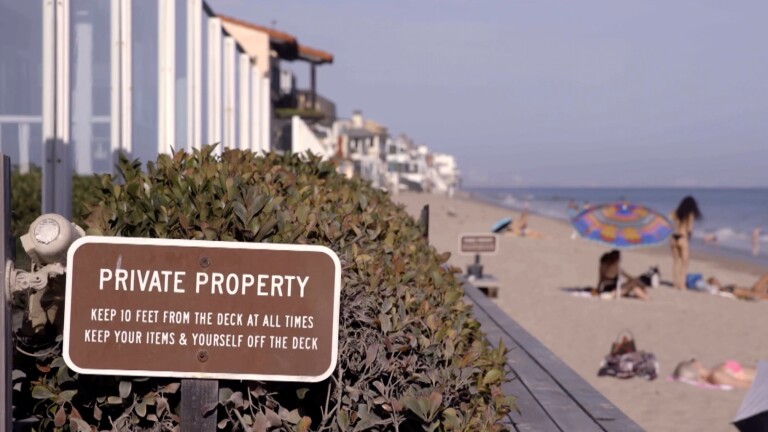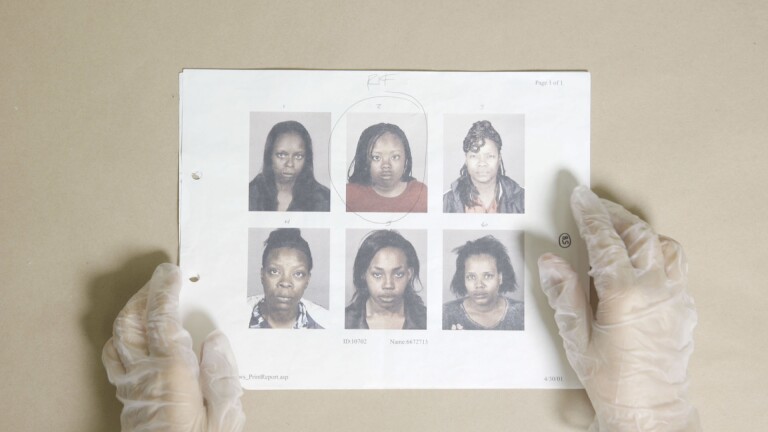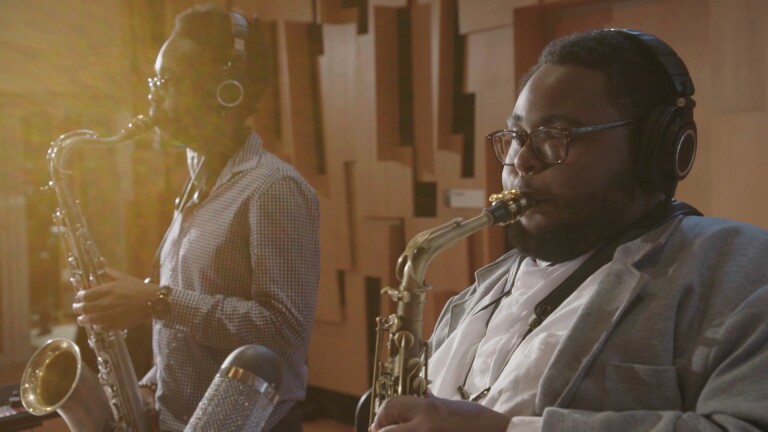
Local 'Quimby' Rules May Be Making L.A. Cash-Rich But Park-Poor


We hear it all the time: Los Angeles needs more parks, more green space. But how do we pay for it? Well, guess what. We have a special law that raises money for just that purpose, to make the city greener. There are millions of dollars to build parks in L.A. So, where has it all gone, and where are the parks?
Transcript:
Val Zavala/Reporter: Managing expectations. It's part of living in Los Angeles. But for some residents that managing is exhausting. Del Rey resident Elizabeth Pollock wants the bathrooms at her park fixed.
Pollock: I think we've been waiting for these bathrooms for at least four years that I know of.
Zavala: The city pool near Ted Thomas' home hasn't seen water in years.
Thomas: We have an empty pool that's been empty since '08, 2008.
Zavala: North Hollywood resident Cary Adams has been waiting four years for a pocket park.
Adams: The only thing that's happened here is we have more weeds grow, different weeds.
Zavala: Why all this waiting? Blame a law you've probably never heard of. It's called The Quimby Law, and it was passed in 1965 and named after its author, then state Assemblyman John Quimby. Its goal: to preserve park space.
Zavala: The intention behind the law was to create more green space. But we found that the way that Los Angeles implements it actually makes the city park poor.
Here's how L.A.'s Quimby law works: when a residential development is built, the developer is required to set aside land or pay a fee based on the size of the building. The city requires fees can only be spent on parks within a one- or two- mile radius of the development. And that, critics say, creates a park poor L.A.
Robert Garcia/Director, The City Project: If you look around, I don't see any green space at all.
Zavala: Robert Garcia is the executive director of The City Project, a nonprofit park advocacy group. He's studied L.A.'s Quimby Law and thinks it's too restrictive and benefits development-rich areas like Hollywood. That's where we met him.
Garcia: The W Hotel is right here behind us. It generated $720,000 dollars in Quimby fees. The money - that $720,000 - has to be invested within a mile of this spot. It cannot be invested in other parts of L.A. that are more park poor like South Central. And it's not clear if there are parks within a mile of the W Hotel where that money can be invested.
Thomas: That is not fair at all.
Zavala: South L.A. resident Ted Thomas is upset because kids like his granddaughter can't swim at Van Ness Park because the pool's been broken for five years. He wants to know why Quimby dollars can't pay for repairs. But public records show there have been just three residential units built within the two mile radius of Van Ness Park over the past ten years. The pool has just $20,000 bucks allocated to it "? not even close to the $9 million needed for repairs.
Thomas: I don't think it will ever get built at this rate.
Zavala: Thomas says the kids here must travel to other parks, and that carries risks.
Thomas: You have to realize by being raised over here you know you have to go through different gangs, territories just to go swimming.
Zavala: In contrast, take a look at Pan Pacific Park in the Fairfax District. Folks here are lucky because developers like their neighborhood. Over a million Quimby dollars have gone to this park.
Garcia: It is widely understood and accepted that Quimby is unfair, in particularly the way the City of L.A. allocates it under this one mile, two mile formula, so that a place like this where Pan Pacific Park is, is relatively disproportionally white and wealthy compared to South L.A.
Zavala: In fact L.A.'s own planning department did this PowerPoint presentation in 2008, highlighting problems with its own Quimby ordinance, calling the regulations "very outdated," regulations Garcia pointed out for us at Pan Pacific Park.
Garcia: Right over there, there's a development about point .4 miles, less than half a mile, but the city won't use money from that development here because it's on the other side of a council district line. So on top of the one-mile radius or two-mile radius, depending on the project, there is also the city council district line drawing problem.
Zavala: And there are even more rules. Condos pay Quimby fees, apartments don't.
Garcia: You need to be a rocket scientist practically in order to figure out what residential project will generate funds, how much funds does it generate, where can those funds be allocated, and are those funds, in fact, being allocated.
Zavala: The city's Quimby program was heavily criticized in this 2008 audit by then Los Angeles Controller Laura Chick.
Chick: I remember that the city didn't have a plan for tracking dollars. The city didn't have a plan for what to do with the dollars. There was no master plan that said "This is where we need parks. This is how we are going to create them." The money was just sitting there.
Zavala: $129 million were sitting there, to be exact. The recs and parks department was in the hot seat and started creating parks, like this one in Downtown L.A. It's the first park built in the area in 20 years.
But recs and parks documents show almost $115 million is currently sitting in the Quimby bank account. Our analysis shows millions have been allocated to projects which have been in design or under construction for years. The city has its own database, which tracks all of the money and parks projects, but they haven't put it online or shared it with the general public. Why? They say it's complicated.
Michael Shull/L.A. Recreation and Parks: It's very confusing, and it actually causes more confusion putting that out there.
Zavala: Using what public data we had, we built our own database and mapped every park in Los Angeles where there are the nearby developments and how much each paid in fees.
For years North Hollywood resident Cary Adams has asked officials to turn this city-owned dirt lot into a pocket park. He wants to know why Quimby funds can't be used to do it.
Adams: This community wants more for its money.
Pollock: It's my taxpayer dollars not at work.
Zavala: Elizabeth Pollock also wants access to the Quimby data so she can find out why it's taken three years and counting to fix the bathrooms at Glen Alla Park.
Pollock: They've had the money on accounts for at least nine years, parts of the money for at least nine years, and I know they've had all of the money since they had a community meeting in 2009 to discuss how to spend the money. So it's been awhile.
Zavala: There's a new playground here, but Elizabeth wants these gone.
Pollock: I mean, they have the money, so we'd like them to spend it.
Shull: I will tell you that this park system has seen more park improvements over the last five years than its seen in its last 30, I guarantee you of that. You almost can't go to any park where there hasn't been some sort of improvement whether it's Quimby or otherwise.
Zavala: Shull said the bigger problem for him is buying land to create new parks. Why?
Shull: The fees that are paid are not comparable to what the value of the land is. So, you know in Downtown area, it's so expensive. There wasn't a piece or a parcel that wasn't being planned for some high rise or something.
Zavala: But there is a solution: require the developer to provide land. Many cities and counties do it. For example, the county of Los Angeles has required builders to dedicate 37 acres since 2003, resulting in several new parks. But in the City of Los Angeles, that's just not happening.
Shull: The developers could potentially get together and do like a park within a close proximity to each other. We've promoted that. But again, it's really in our control. We can't demand they do it.
Zavala: But the planning department could. It's their job to require developers to pay a fee or donate land for a park. But they couldn't think of one case in recent memory when they asked a developer to donate land. Why? Developers prefer to pay a fee.
Garcia: There is a project across the street, a distinctive shops/restaurants or lease project. And if the city had asked that developer to dedicate land for a park, instead of fees, you could create an acre of green space here. That doesn't sound like much, but in a city and in a district that are park poor where kids have no place to play, that could make a huge amount of difference.
Zavala: We've identified at least 40 locations where we think the city could've required green space but didn't.
Chick: We need developers to be dedicating land. When they are building a project, set aside some land for pocket park, for an open space. That was the original intent of the law, and it's gotten lost over the years in our city.
Thomas: What would we have to do to change this? That's the question I would like to know, and that's question I would like to ask the next mayor, both candidates, he or she.
Zavala: Mayoral candidate Eric Garcetti told us what he wants to change.
Garcetti: In my district, I've got 13 square miles. Just being able to extend it out to, let's say, five or six miles radius, that would basically give me the entire district. So if we had a housing development built, we could spend that anywhere.
Zavala: While serving as a city councilmember, he tripled the number of parks in his district, but he didn't succeed at reforming Quimby. But he says he'll get it done if he's mayor.
Garcetti: As mayor, I can direct now from, directly the right leadership in rec and parks to make sure that the system that isn't just open to us but open to the people.
Zavala: We wanted to ask the other candidate for mayor Wendy Greuel about her plans for Quimby reform, but despite repeated requests, she was unavailable for comment.
In Sacramento, a bill is pending that wound reform the state Quimby law and eliminate a lot of the confusion and restrictions. But that change will take time. And summer is just around the corner for Paige, Ted's granddaughter.
Paige: It's little bit sad because it's not that great not to have a pool open for like when the summer comes. We can't go swimming here. We have to go somewhere else to go swimming.
Zavala: And when she does make that journey across town, you can bet her grandfather will be watching closely.
For "SoCal Connected," I'm Val Zavala.

